CAIRO (Reuters) — A group of Egyptian students has designed a vehicle they say will battle rising energy prices and promote clean energy by running on nothing but air.


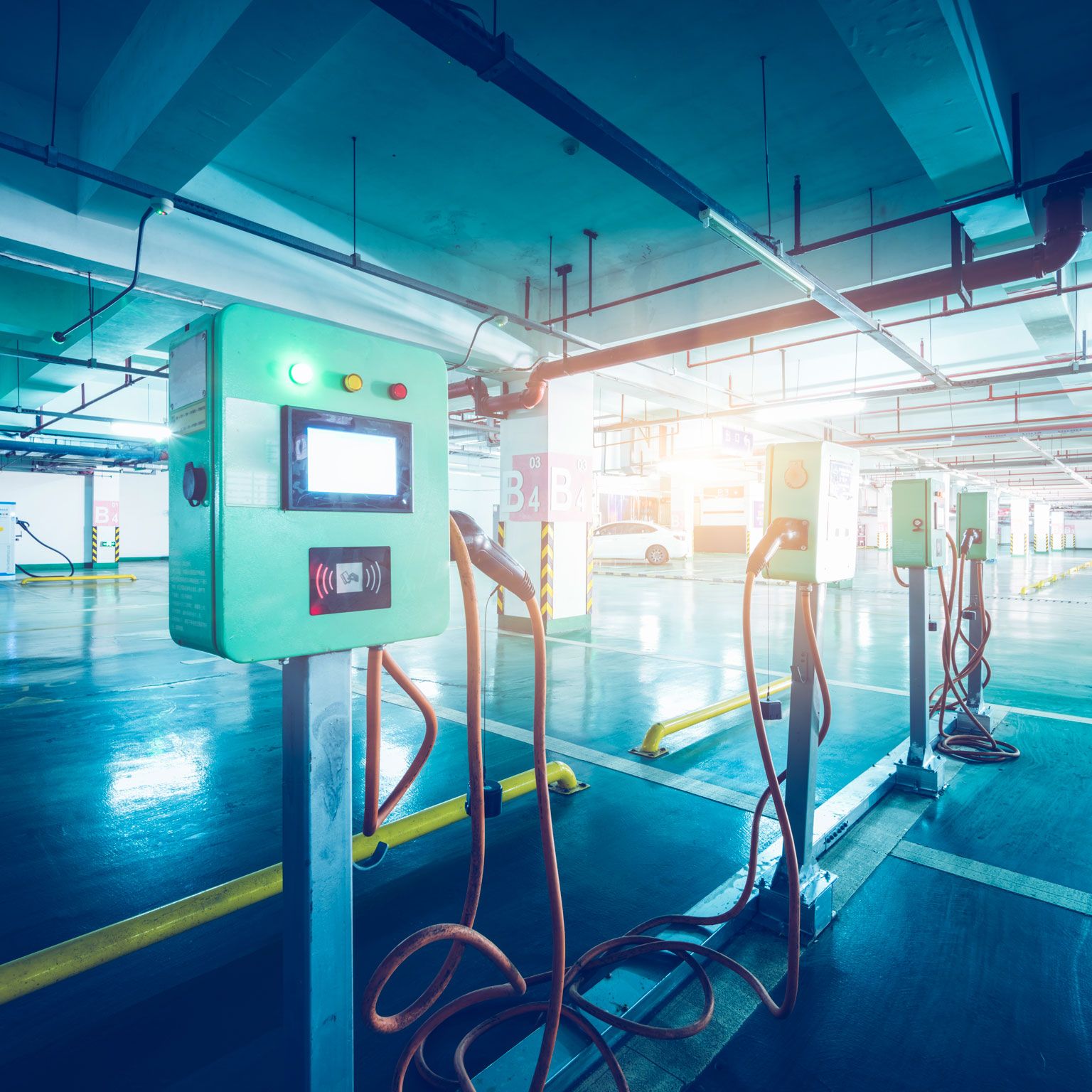
Electric vehicles are unlikely to create a power-demand crisis but could reshape the load curve. Here’s how to bend that curve to your advantage.
Could electric vehicles (EVs) soon face a different kind of gridlock? With the electrification of mobility accelerating, energy producers and distributors need to understand the potential impact of EVs on electricity demand (Exhibit 1). The good news: McKinsey analysis suggests the projected growth in e-mobility will not drive substantial increases in total electrical-grid power demand in the near to midterm, thus limiting the need for new electricity-generation capacity during that period.

The production problems Tesla has faced with its Model 3 have been well documented. Now, sources say the company is facing similar issues with its solar roof tile initiative. According to Reuters, former and current employees have revealed that assembly line problems, plus CEO Elon Musk’s exacting aesthetic demands, has delayed production, causing tension with partner Panasonic, and rattling officials that are keen to see a return on significant state investment.
The “Solar Roof,” produced at Tesla’s factory in Buffalo, New York, is designed to look like and function as a regular roof while also generating energy. According to sources, technical challenges have delayed production, as has Musk’s design plans. Speaking to Reuters, one source said that “Aesthetic look is the key point that Elon is not always satisfied with. That’s the big issue.”
Neither Tesla nor Reuters’ sources have revealed current production figures for the roof tiles, but the delays are such that Panasonic — which the initiative depends on for solar components — has been forced to find other buyers for the parts it had built to sell to Tesla. According to a former Panasonic employee, the company has been shipping “large volumes” of its photovoltaic cells as samples to other prospective buyers, due to low demand from Tesla. Panasonic declined to comment on the issue, stating only that it “believes Tesla will use Panasonic cells when it mass-markets the Solar roof.”

The Volkswagen group confirmed that it might have to recall as many as 124,000 electric and hybrid cars from its VW, Audi and Porsche brands due to poisonous cadmium finding its way into a charger component.
Following a report from the German magazine Wirtschaftswoche, VW has confirmed that it is currently in discussions with Kraftfahrtbundesamt (KBA), the German road authority, over the potential recall.
A spokesperson for the German automaker said:
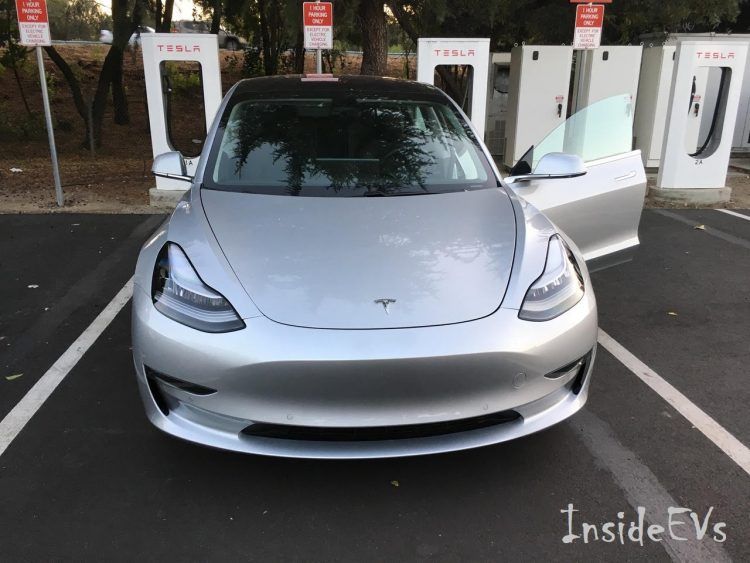
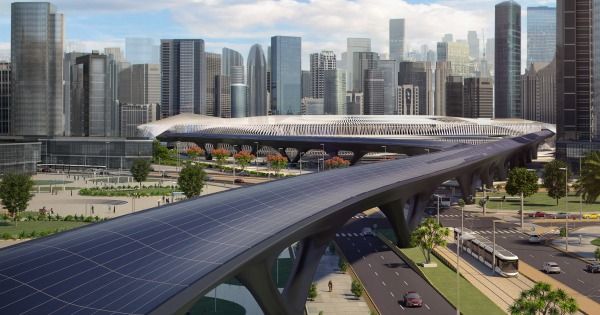
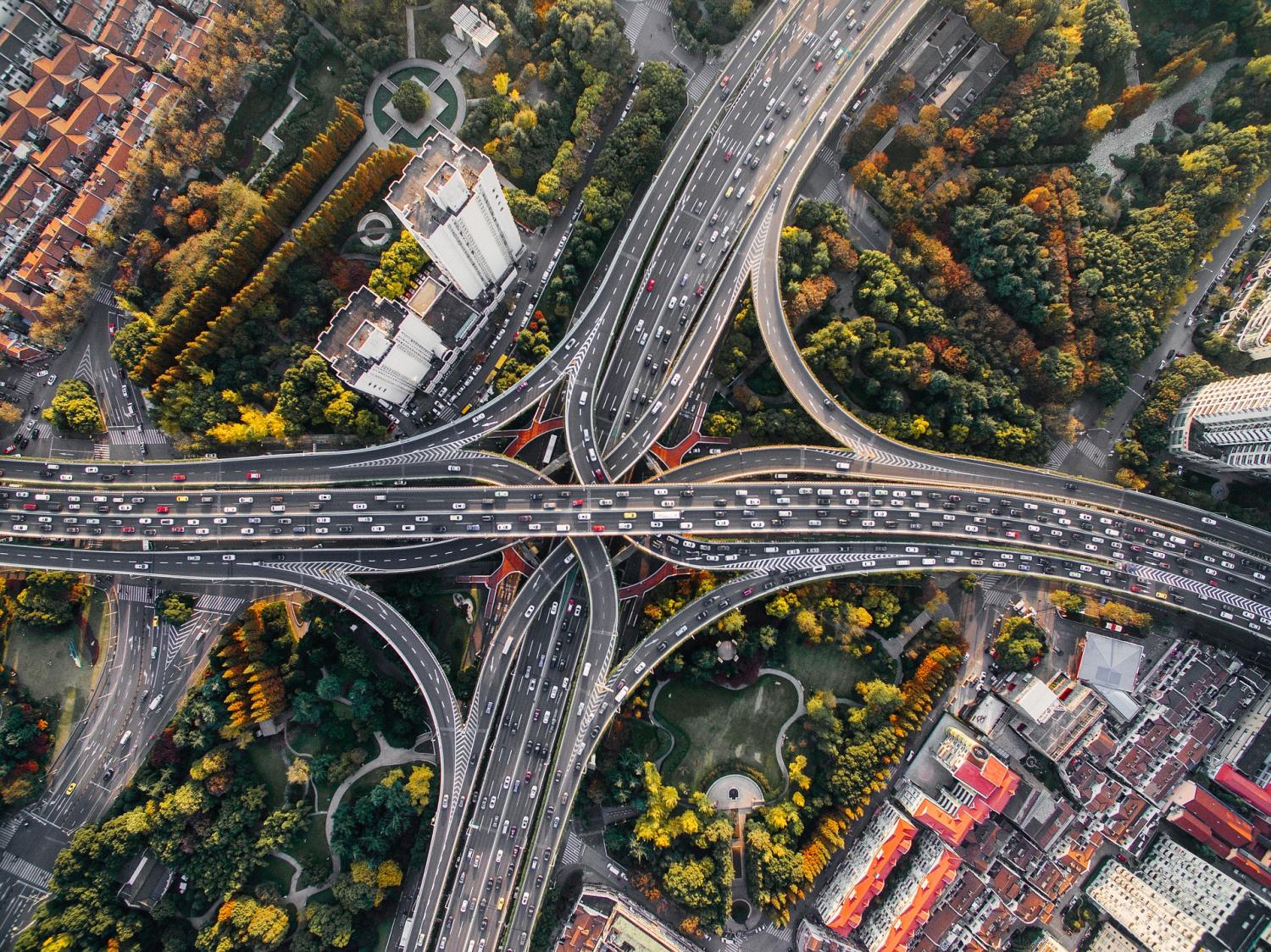
A team of researchers from Cologne and New York has presented proposals for future traffic management. A dynamic, fair toll for road use could reduce congestion.
In the current issue of Nature, the economists Peter Cramton, Axel Ockenfels (both University of Cologne) and Richard Geddes (Cornell University) describe a concept in which drivers would have to pay a dynamic fee for the use of roads. This would contribute to avoiding traffic jams and protecting the environment, the researchers argue. Fees that respond to traffic volumes in real time and with site precision, taking into account factors such as vehicle type and exhaust emissions, can significantly improve traffic flow and contribute to reducing air pollution.
Traffic jams are not only annoying and time-consuming, they are also costly. In Germany, the economic damage caused by congested roads in 2017 totaled approximately €80 billion. “Currently, road users who cause traffic jams, while damaging the environment and even incurring costs, are paying just as much as those who are not involved,” says Ockenfels. “Without a toll, this means that the general public is subsidizing these road users. That’s unfair.” A toll for road use would bring these costs to light and reduce congestion. “If the fee adapts to the volume of traffic and the situation on the road in real time, i.e., is more expensive at rush hour than around noon, everyone can choose the route that suits them best. This already works for navigation systems,” explains Cramton. “Ultimately, this would reduce the load on main traffic arteries, improve traffic flow and reduce CO2 emissions.

Video by Fox News
The mystery behind the disappearance of several boats in the Bermuda Triangle may have finally been unraveled in a new theory by British scientists. According to the recent research, “rogue” waves going up to 100 feet could be engulfing boats in the region.
At least 1,000 lives have been lost in the region within the last 100 years, and on average, four aircraft and over a dozen yachts go missing every year there. The infamous body of water lies in the western part of the North Atlantic Ocean and stretches 270,271 square miles between Florida, Bermuda and Puerto Rico.

If you’re one of the billions of people worldwide to use mass public transit regularly, you’re sharing a lot more than a commute with your fellow passengers, suggests a new study published Tuesday in Cell Reports. You’re also sharing and swapping the teeming microbes that call our bodies home.
Researchers in Hong Kong—home to a public transit system that services 5 million commuters every day—recruited volunteers for an unique experiment. Over the course of several days, volunteers were asked to ride one of eight subway lines on the Hong Kong Mass Transit Railway system during the morning and evening rush hour. Before they boarded, they washed their hands, and once on board, they made ample use of the handrails. After they spent 30 minutes on the train, they exited and had their palms swabbed by researchers.
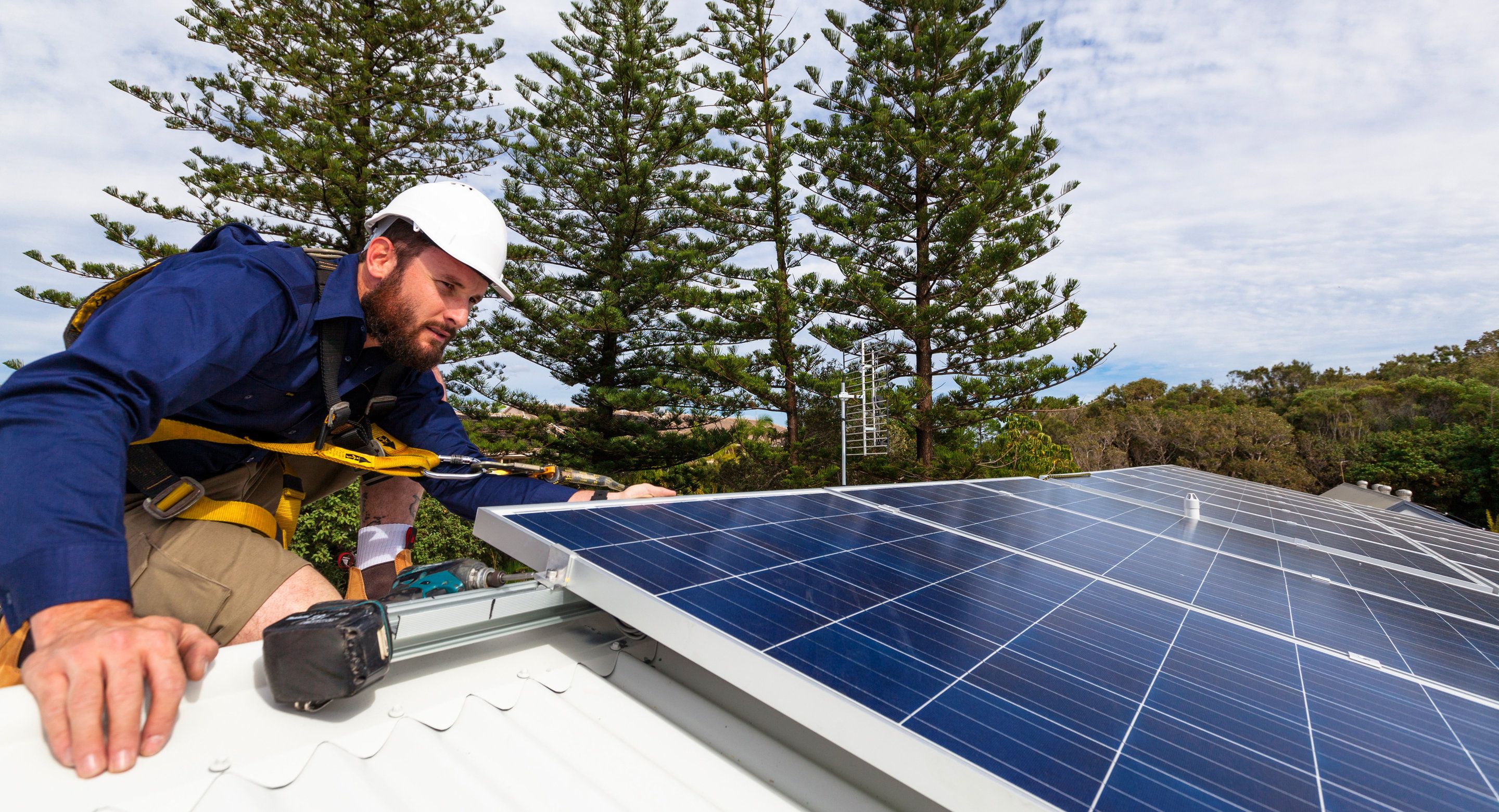
The energy-generating potential of solar panels – and a key limitation on their use – is a result of what they’re made of. Panels made of silicon are declining in price such that in some locations they can provide electricity that costs about the same as power from fossil fuels like coal and natural gas. But silicon solar panels are also bulky, rigid and brittle, so they can’t be used just anywhere.
In many parts of the world that don’t have regular electricity, solar panels could provide reading light after dark and energy to pump drinking water, help power small household or village-based businesses or even serve emergency shelters and refugee encampments. But the mechanical fragility, heaviness and transportation difficulties of silicon solar panels suggest that silicon may not be ideal.
Building on others’ work, my research group is working to develop flexible solar panels, which would be as efficient as a silicon panel, but would be thin, lightweight and bendable. This sort of device, which we call a “solar tarp,” could be spread out to the size of a room and generate electricity from the sun, and it could be balled up to be the size of a grapefruit and stuffed in a backpack as many as 1,000 times without breaking. While there has been some effort to make organic solar cells more flexible simply by making them ultra-thin, real durability requires a molecular structure that makes the solar panels stretchable and tough.